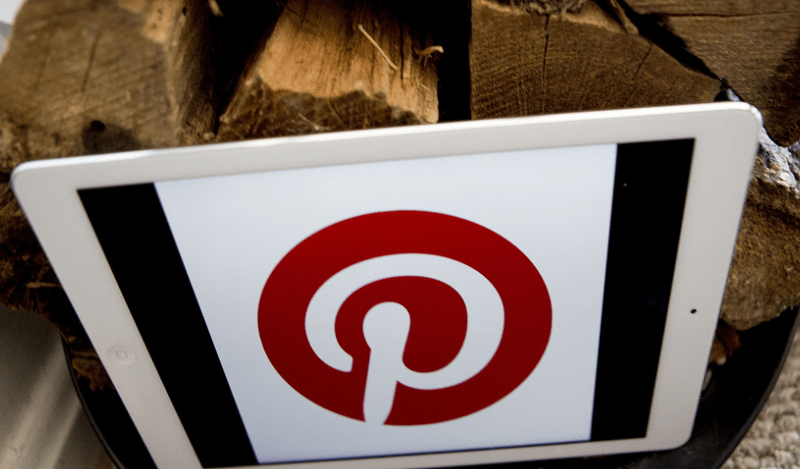Pinterest Inc. is the latest internet company to find the path to profitability is paved with ads.
Shares of the photo-sharing network PINS, +18.62% surged 16% in after-hours trading Thursday after it reported a sharp rise in revenue and improved average revenue per user in the U.S. and abroad during its second quarter. Revenue skyrocketed 62% to $261 million. The company did report a loss of $1.16 billion, or about $2.62 a share, largely from costs associated with its IPO in April. Still, the revenue eclipsed FactSet’s estimate of $236 million, sending shares soaring.
“We saw additional benefit from Easter during the second quarter” and more video-related ads, Pinterest CEO Ben Silbermann said in a conference call with analysts after the results were released. The company raised full-year revenue guidance between $1.095 billion and $1.115 billion, from $1.055 billion to $1.080 billion in its previous quarter.
The results and projection surpassed analysts’ estimates, maintaining the winning ways for ad-supported internet stocks during the quarter. Facebook Inc. FB, -1.92% , Snap Inc. SNAP, +2.10% , Alphabet Inc. GOOGL, -1.28% GOOG, -1.24% and Twitter Inc. TWTR, +1.83% previously reported better-than-expected results.
Pinterest’s report Thursday marked a significant rebound from its first earnings release shortly after its initial public offering. But at least one number underscores again what could be a bedeviling quandary: About 72% of its 300 million monthly active users (MAUs) are international, but a vast majority of its revenue comes from the U.S., where average revenue per user (ARPU) was $2.80 in the second quarter. International ARPU was a piddling 11 cents.
By comparison, Snap reported overall ARPU of $1.91 in its most recent quarter. Twitter is expected to collect $9.33 ARPU for the full year, according to data from FactSet. It does not break out quarterly figures.
“The international audience is costing them money,” Beth Kindig, a technology analyst, told MarketWatch in a phone interview. “There’s not much of a profit there,” she added, pointing to the $15 million in revenue international contributed to Pinterest’s first quarter. (It reported $24 million in international revenue in Q2.)
By contrast, click-to-buy ads were a major reason for the $187 million Pinterest generated in the U.S. in the first quarter, Kindig said. (It registered $238 million in the U.S. in Q2.)
The results were a vast improvement from the March quarter, when Pinterest rang up sales of $201.9 million, with losses of 32 cents a share on a non-GAAP basis.
Pinterest’s sparkling June quarter may also have benefitted from heightened regulatory scrutiny over Google and Facebook, both of whom dominate the digital-ad market, D.A. Davidson analyst Tom Forte said in a note late Thursday. Some advertisers might consider shifting some of their dollars to the Pinterest platform, he said.
“If Pinterest can continue to build on its commerce-driven ad products and through consistent international monetization efforts,” it has significant upside revenue potential, Wedbush Securities analyst Ygal Arounian said in a recent note, in which he gave Pinterest shares an outperform rating and $33 price target.
The shares were up 15% in premarket trade Friday.

